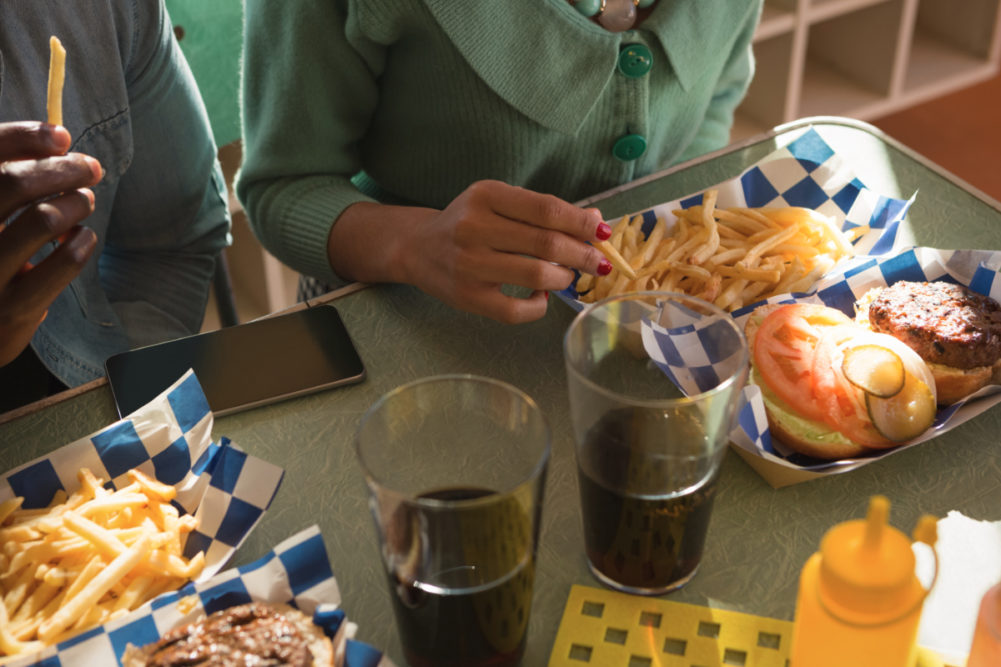UTRECHT, THE NETHERLANDS — The worst of the coronavirus’s (COVID-19) impact on US foodservice is likely past, according to Rabobank. Sales declines are expected to moderate, improving from a 50% decline at the peak of the pandemic to a 12% to 14% decline over the next 12 months.
Sales are expected to return to pre-pandemic levels by mid- to late- 2022, assuming no COVID-19 relapse this fall.
“Full foodservice sales recovery took approximately seven quarters during the Great Recession,” said Amit Sharma, senior consumer foods analyst at Rabobank. “We expect recovery to take 8 to 10 quarters during the current crisis.”
The pace and slope of recovery will be uneven across different segments, he added, with limited-service, off-premises and chain restaurants emerging as winners. Other long-term impacts include greater M&A opportunities, faster ramp-up of digital capabilities beyond online ordering and delivery, and a deeper focus on automation and ghost kitchens.
Winners and losers
Limited-service restaurant sales, including QSRs, have increased at a 6.9% CAGR over the last three years, nearly two times faster than the 3.6% CAGR for full-service restaurants. The growth gap could widen more, Rabobank said, with limited-service restaurant sales growing at a 3.5% CAGR over the next three years, compared to a -2.5% CAGR for full-service restaurants.
“A bigger and better digital presence, online ordering, personalized offerings and promotions, improving nutritional profiles and a trade-down to value-oriented offerings were key drivers of limited-service growth,” Mr. Sharma said. “We expect many of these drivers to be accelerated in the post-pandemic environment.”
Lingering dine-in constraints and health and wellness concerns, particularly among older cohorts over-indexed to full-service restaurants, will contribute to the growth gap, he added.
Off-premises sales, which already were growing four times faster than dine-in sales, will be the biggest winner. Delivery, drive-thru and takeout orders have doubled and even tripled from pre-COVID-19 levels and are expected to account for more than 100% of restaurants sales growth over the next three years.

Digital capabilities
The rise of off-premises ordering has forced brands to expand their definition of a successful digital strategy.
“Just making the menu available online for ordering is not going to be enough in the post-pandemic world,” Mr. Sharma said.
Areas of focus included added capabilities for customer loyalty and rewards, personalized promotional offers, one-click-reorder, multiple delivery options and strong feedback mechanisms.
Consumer data will be increasingly important, too.
“Having access to high-quality customer data on ordering and eating preferences and patterns will become vital in all aspects of restaurant operations — not just in planning menu changes or pricing decisions but also in geographical expansion or potential M&A,” Mr. Sharma said.
New restaurant openings
COVID-19 may impair a long-running expansion cycle that saw the number of US restaurants increasing at a 2.2% CAGR over the last three years. New consumer habits and regulatory requirements will likely discourage potential new entrants.
“While it’s too early to identify all of the post-COVID-19 changes, it will clearly lead to heightened safety concerns about public gatherings, more telecommuting, less corporate travel, a greater shift to off-premise consumptions, and many additional state- and city-wide rules and regulations, pressuring potential new operators and making it harder for many current operations to reopen, even as restrictions are eased or lifted,” Mr. Sharma said.
Lower contributions from new unit openings and pricing will likely shave off 50 to 100 basis points for foodservice growth over the next five years, according to Rabobank.
Industry consolidation
M&A opportunities are poised to accelerate as the number of closings and bankruptcies grows. The pace already has picked up, with nearly a dozen relatively high-profile closings and bankruptcies since mid-March, according to Rabobank.
At the same time, aggregate cash holdings by 25 of the largest publicly traded restaurant companies have more than doubled from $9.4 billion pre-COVID-19 to $20 billion by mid-May.
“This recent cash build-up is not just a defensive move to improve liquidity and project balance-sheet strength, but also to signal — at least in some cases — a more aggressive M&A stance,” Mr. Sharma said.





